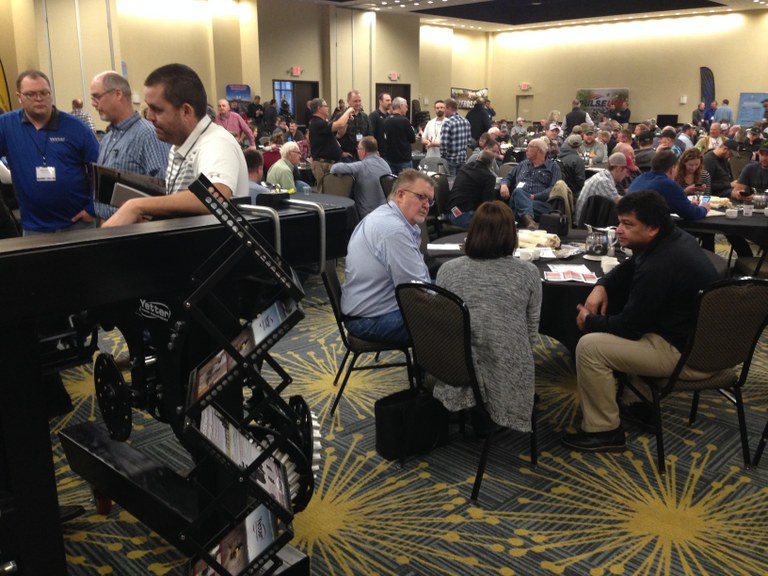Quotes and Notes from #digthectc
NDSU Extension and University of Minnesota Extension hosted a Conservation Tillage Conference in Fargo on December 18-19. Over 300 persons attended the event and received information on no-till and strip-till systems as well as cover crops from university scientists, ag industry representatives, crop advisers, and farmers. With the challenges of this 2018 crop season, it was a positive and exciting experience participating in this conference. The following are some selected quotes and notes from the week.
Quotes (and notes) from Steve Groff, Pennsylvania farmer and internationally recognized cover crops coach who was the conference keynote speaker.
- “Agriculture is a profession of hope.”
- “Better to spend your money on management (instead of solving problems with a bag or bottle) or invest in understanding how your soils function.”
- “Treat cover crops like cash crops.”
- “You need to be committed to cover crops for the long-term. Soil management with cover crops is a marathon, not a sprint.”
- Always have a ‘plan B’ with cover crops – there will be challenges/failures.
- “Veteran cover croppers do not ask if cover crops pay – they recognize the long-term value.”
- “Cover crops make fertilizer more efficient.”
- Whether with reducing tillage or adding cover crops on your farm, start small by changing management of 10 percent or less of your acres per year.
Notes
- Organic matter (source – Caley Gasch, NDSU soil health researcher)
- Crop roots are greater contributors to organic matter versus aboveground plant parts.
- Surface crop residue is much better as soil ‘armor’ versus a contributor to organic matter.
- Earthworms are very effective in breaking down soil surface residues and incorporating the material into soil.
- Plant and soil materials must be ‘processed’ by soil microorganisms in order for organic matter to be produced.
- Soil erosion (source – NRCS)
- Thirty percent soil surface residue provides 70 percent reduction in wind erosion.
- Wind erosion generally begins at 6 mph.
- A tablespoon of soil spread on an 8.5- by 11-inch sheet of paper is the equivalent of one ton per acre of soil loss.
- Five tons of soil across an acre of land is similar to a dime’s width. This amount of soil loss per year is considered ‘tolerable’ and likely not noticed during the short-term. But over time (e.g. decades) this continued soil loss will greatly reduce soil productivity.
If you’d like to have a conversation about any of the things that stood out to me at the conference feel free to contact me!

Extension, Industry, Farmers and more gathered for the 14th Annual Conservation Tillage Conference.
Greg Endres
Gregory.Endres@ndsu.edu
Agronomy Extension Specialist


